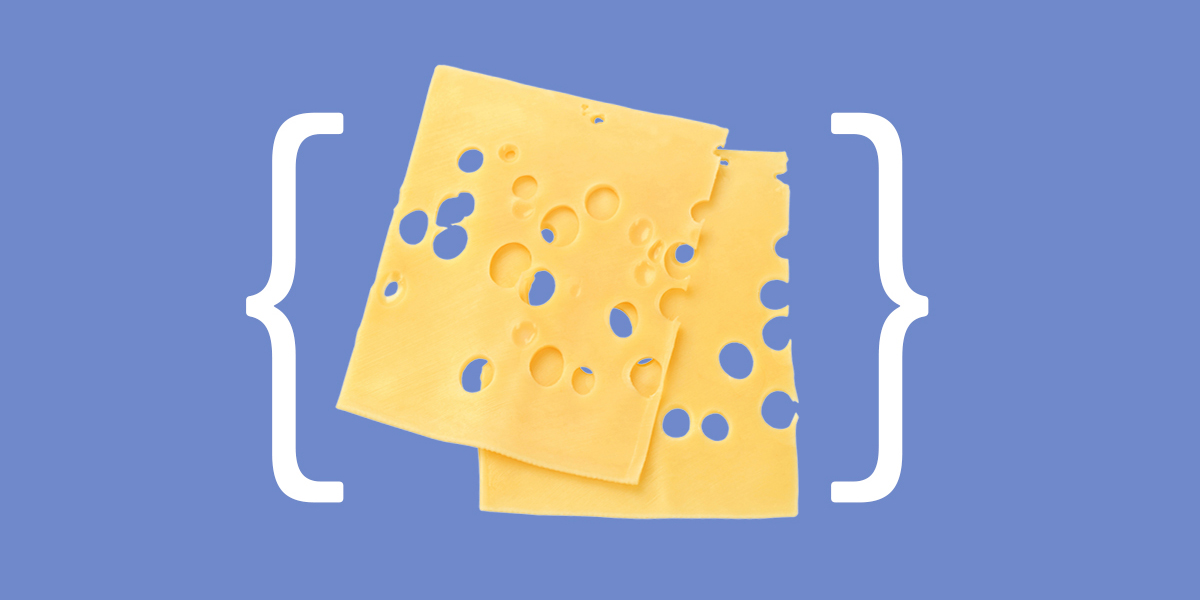
From Swiss Cheese to a Mild Breeze — the Metaphors of Coronavirus
Conveying Complex Concepts with Mental Images
A deadly virus is sweeping our nation. And so is information — warnings, statistics, descriptions, charts. We endeavor to understand the nature of this unseen force and its consequences.
It can be difficult to decipher the information — infection rates, death rates, and treatment capacities. We have to enter a new realm in which science speaks a different language. But smart communicators know the secret for reaching people — using metaphors and colorful language.
Of all that I have read about coronavirus, the following metaphors for describing the coronavirus situation stood out to me. It presents a valuable lesson for nonprofits and businesses with complex messages to communicate.
Metaphors help people understand because they connect with something they already know. People can form a mental picture and then liken the abstract concept to that picture, so they “get it.” Here are some metaphors that have been used to describe aspects of coronavirus.
Predicting the Path of Destruction
How do you plot the path of a quickly-moving virus in which the symptoms may not be apparent for two weeks? “By the time you have a death in the community, you have a lot of cases already. It’s giving you insight into where the epidemic was, not where it is, when you have something moving. Think starlight. That light isn’t from now, it’s from however long it took to get here.” The quote is from Dr. Carter Mecher, a senior medical adviser for public health at the Department of Veterans Affairs, shedding some light on the situation.
Starting Interventions Early
Getting people to act responsibly is critical for slowing the spread of the coronavirus. Some countries have taken dramatic actions such as closing schools, eliminating mass gatherings, and requiring working from home. These pre-emptive measures are designed to stem the impending doom before it happens. As in the case of an approaching hurricane, “You’ve got to take potentially very disruptive actions when the sun is shining and the breeze is mild,” again, from Dr. Mecher.
He said a single targeted step — a school closing, or a limit on mass gatherings — cannot stop an outbreak on its own. But as with Swiss cheese, layering them together can be effective.
Providing Treatment
When it comes to our ability to treat all who may contract coronavirus, it’s important to convey that that demand will outpace supply by far. To drive home that point, Siobhan Roberts describes the health care system capacity as “a subway car that can only hold so many people at once. During rush hour, that capacity is not enough to handle the demand, so people must wait on the platform for their turn to ride. Staggering work hours diminishes the rush hour and increases the likelihood that you will get on the train and maybe even get a seat. Avoiding a surge of coronavirus cases can ensure that anyone who needs care will find it at the hospital.”
To make a similar point, that our ability to fight the virus will be overpowered by the force of the virus, Dr. Mecher said, “A fire on your stove you could put out with a fire extinguisher, but if your kitchen is ablaze, that fire extinguisher probably won’t work,” using a visual that is not only easy to understand but quite compelling.
Colorful Language for Complex Concepts
Clear and cogent language is essential for all communications. For issues that are complex or critical, it is even more important to capture your audience’s attention and ensure that your message is understood. Metaphors and visual imagery are useful for conveying your story. They help people understand your mission and appreciate the value you bring. That can lead to higher engagement, participation in programs, and donor support.
It can even lead to innovations, discoveries, and cures. In fact, a study that analyzed how scientists described their work noted that those who used metaphors had more scientific breakthroughs than their peers.
By the way, you may have noticed another linguistic technique for creating memorability — alliteration. But that’s an article for another time.
In the meantime, if you need help telling your story, call on the experts at Red Rooster Group. We make working with us as easy as pie.



